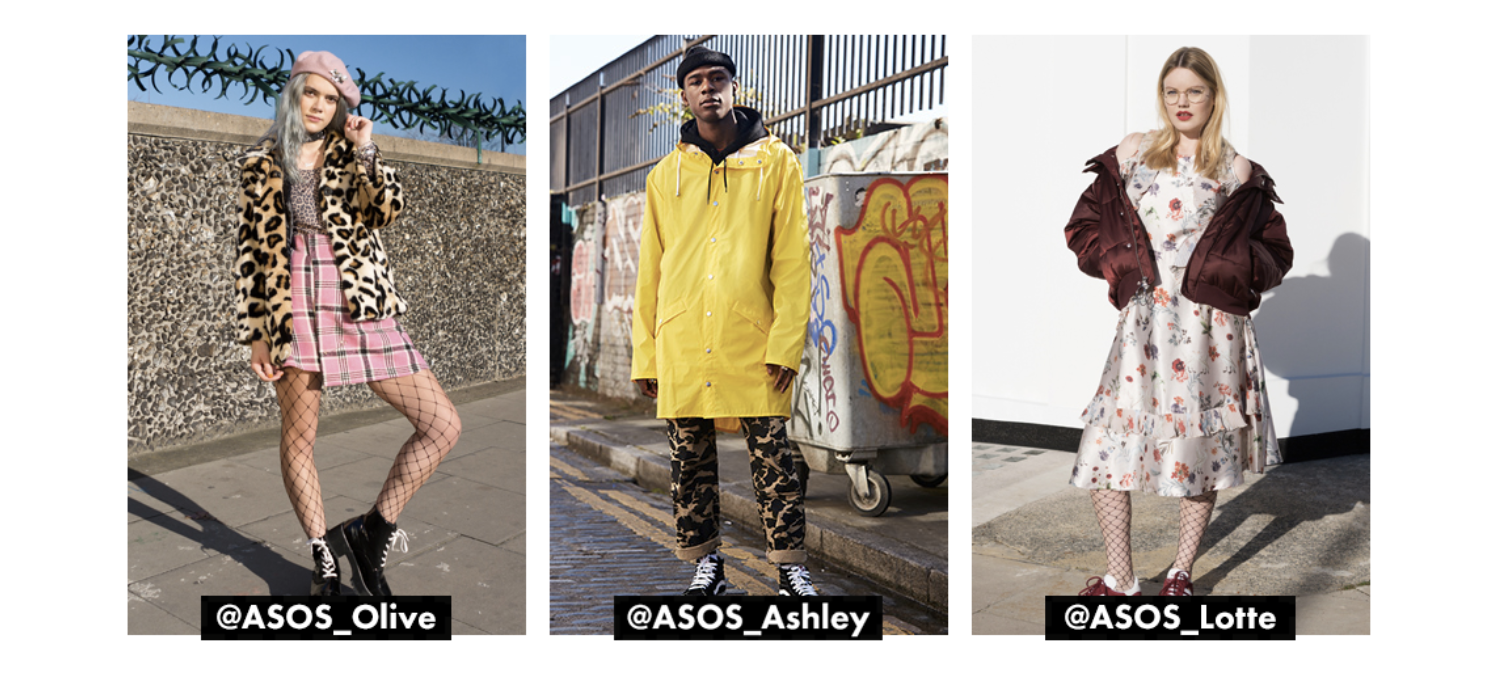
With the ever growing prominence of social media, tapping into employees’ social networks should be considered by companies of all sizes. As with influencer marketing, companies are drawing on their employees to create content and leveraging the power of their employees’ followings to further their reach more organically.
The new wave of employee influence is centered around all social media platforms, where corporate brands are attempting to launch their marketing initiatives through their employees.
What is it?
What is employee advocacy, and what are employee influencers? In its simplest form, employee advocacy is the promotion of a company or an organization through its employees. An employee influencer is one who creates on-brand content and pushes it out via social media.
There are various steps along the employee influencer journey, and not every employee within your organization will be the ideal influencer. Some may not have/use social media, and those that do may not have the social following to justify an advocacy program. However, you should take into account that you may already have your next engagement-driving blog writer just waiting to display their talent!
Step in your most socially active and creative employees. The ones who are already talking about your company and are highly active on social media. Perhaps they are contributing to your blog or Instagram page. These employees are already generating engagement on their posts, and are the superstar employees that will prove to be an invaluable resource. Check out our Slideshare on the ten steps to employee influence to better understand this process.

So you know what it is, but why should you care?
Maximize Content Reach
Employee influence is one of the most effective and organic ways to maximize your brand presence and content reach. LinkedIn tells us that in 2019, just 3% of employees share company content onto their LinkedIn pages, but these posts alone drive a 30% increase in engagement. The average percentage of employees that sign up to an advocacy platform is somewhere between 20-30%. When correctly implemented, there’s vast potential to expand this organic reach.
Organic Reach
Studies also show that consumers are more likely to be influenced by people they know compared to branded marketing. Thus sharing through your employees is statistically more effective than sharing through your corporate pages. Social Media Today reported that 79% of people say user-generated content profoundly impacts their purchasing decisions.
LinkedIn’s Changing Landscape
Another factor to take into consideration is the rise of LinkedIn and the ever-changing content seen on the platform. Gone are the days of using LinkedIn as a virtual CV that you only used Monday to Friday. LinkedIn has become much more of a social tool and a platform to promote your brand. In 2019, LinkedIn reported that views in the LinkedIn feed are up 60% from 2018.
Hiring Opportunities
Hiring is never a cheap nor easy process; a recent report from Glassdoor states that 76% of hiring decision-makers say attracting quality candidates is their biggest challenge.
Having influencers advocating for your company can have significant effects on hiring opportunities. When employees are regularly talking about your company’s culture, your hiring pool expands, and you’re more likely to attract top candidates. What better way to find out what it’s like to work for a company than hearing from the employees themselves?
Employee influencers posting job opportunities directly to their social media communities is a more proactive and cost-effective way of filling a position. ‘Someone like yourself’ is seen as much more suitable than a CEO or board of directors, according to the Edelman Trust Barometer 2018. Don’t just take our word for it, the statistics speak for themselves:
- Companies that invest in employer branding are three times more likely to hire quality candidates (Brandon Hall Group)
- Employee referrals account for only 7% of all applicants but 70% of all hires (Influencer Marketing Hub)
- 75% of hiring decision-makers say it’s easier to attract top talent when they know about your organization (Glassdoor)
How can you encourage employees to share?
So now that you know the benefits of getting your employees to share your content, how do you encourage them to do it? In a word: incentivize.
Using leaderboards within your advocacy platform is a great way to get employees sharing your content, you’ll likely find that your employees are more competitive than you realize!
Offering rewards via a points system can also be an incentive for employees to share more. Prizes as simple as Amazon vouchers can get people sharing, but try to get creative, offering your products as prizes can be an excellent way to get them talking about your brand even after they’ve won!
Looking to showcase some image-based content? Offer your employees the chance to submit their photos and videos to be featured on your company accounts. Recognition goes a long way too, and who knows, they might just see an influx of followers themselves!

It’s worth mentioning here how sharing and creating company content can boost your personal brand on social media, especially on LinkedIn. Think of LinkedIn as a platform to showcase your knowledge and expertise in your field. People are more likely to engage with someone who they believe to be a real thought leader in their space. You’ll see an increase in interactions, and your network will begin to grow.
Ultimately, the essential factor in getting your employees to create and share on behalf of your brand is good company culture. It’s all well and good having rewards up for grabs, but people aren’t as likely to praise a company they don’t enjoy working for. Good/productive company culture is not something that can be achieved overnight, so it’s worth getting a feel for this before launching your advocacy program or trying to find influencers within your ranks.

Influencers in Action
ASOS
Employee influencers are at the forefront of marketing at the moment, but the concept has been around for longer than you might think. A brand that has successfully championed this idea is e-commerce giant ASOS.

ASOS launched its ‘#ASOSInsiders’ campaign a few years ago, which brilliantly blends influencer marketing and employee advocacy to create their very own employee influencers. The “Insiders” are a group of stylish young people with significant followings on social media, namely Instagram, who post fashion tips and outfit ideas and then link products to ASOS.com.
Huawei
Another company that has successfully launched an employee advocacy program is Huawei, who started a program in 2018. They rolled out the platform across Western Europe with DSMN8.
Within a year, their users generated over 75 million impressions through the platform and saw an 82% adoption rate. Huawei successfully transitioned into a company where employees are eager to share branded content.
The company has also identified ‘super users’ within each market. These are employees who regularly share content and are seen as ‘highly influential’ through the engagement they receive. In doing so, these employees have grown their personal brands and are on their way to becoming thought leaders.
Check out the full Huawei success story.
Starbucks
A shining example of a company that adopted employee influence early is Starbucks. The caffeine giant has long recognized the power of its employees, whom the company refers to as ‘Partners’.

Starbucks launched ‘Starbucks Partners’ accounts on various social media channels, which offer employees the chance to post photos, start discussions, and interact with other employees. By giving employees this sense of responsibility, Starbucks promotes a sense of belonging for posting on behalf of the company.
The accounts are publicly available, which gives the company a perfect opportunity to showcase their company culture, which remains an invaluable asset for both staff retention and hiring opportunities.
Check out The Ultimate Guide to Employee Influencers to learn everything about employee influence, and how it can work for you.
Ready to get started with employee advocacy?
Prefer to speak with us first?
No problem.
Schedule a call with one of the team.
Lewis Gray
Senior Marketing Manager and Employee Advocacy Program Manager at DSMN8. Lewis specialises in content strategy, growing brand visibility and generating inbound leads. His background in Sales lends itself well to demand generation in the B2B niche.


